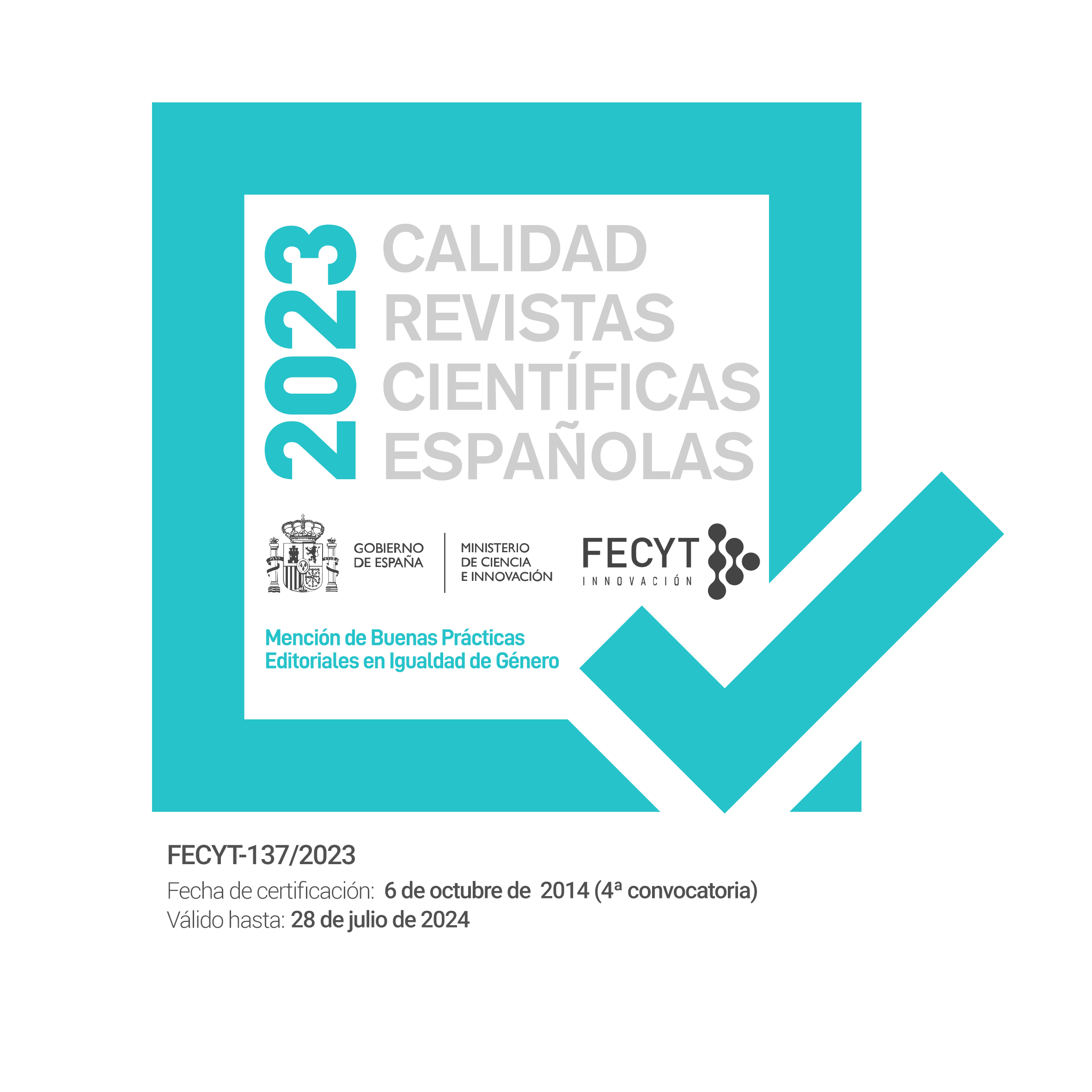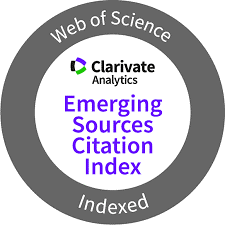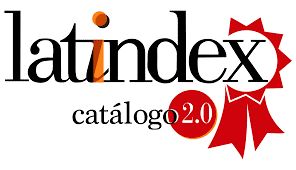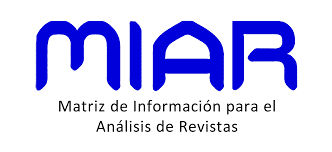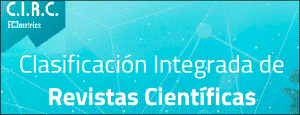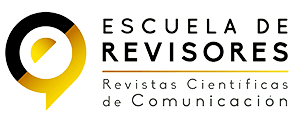La influencia de los YouTubers en los niños (8-12 años): actualidad y marcas
DOI:
https://doi.org/10.31921/doxacom.n36a1638Palabras clave:
YouTube, prescriptores digitales, niños de 8 a 12 años, marketing de influencia, temas de actualidad, marcasResumen
Los youtubers se han convertido en un fenómeno mundial; debido al hecho de pasar más tiempo en casa se amplifica su estatus y relevancia, especialmente entre los niños. El creciente acceso a Internet, la forma fácil e intuitiva de utilizarlo, el control sobre lo que quieren ver, la cercanía al público y la capacidad de sorprender e innovar son algunos de los motivos que hacen a los youtubers tan atractivos. Con una metodología cualitativa, llevada a cabo en dos fases secuenciales de recogida de datos, primero con niños y después con youtubers, se quiere responder a la siguiente pregunta: ¿Qué influencia tienen los youtubers en la formación de la opinión de niños de 8 a 12 años sobre temas de actualidad? Se concluyó que los niños ven a los youtubers como modelos a seguir, y sus contenidos, una fuente de información fiable; admiten haber cambiado su forma de pensar gracias a ellos. Aunque su influencia disminuye a medida que crecen, se demuestra que tienden a adoptar los puntos de vista y las perspectivas comparti[1]das por los youtubers. Es, además, una oportunidad para que los niños aprendan y conozcan temas importantes desde una edad temprana de forma más accesible e interesante.
Descargas
Citas
Araújo, C. S., Magno, G., Meira, W., Almeida, V., Hartung, P., & Doneda, D. (2017). Characterizing videos, audience and advertising in Youtube channels for kids. In International Conference on Social Informatics (pp. 341-359). Springer, Cham.
Arnold, A. (2017). Why YouTube stars influence millennials more than traditional celebrities. Forbes, June, 20.
Backes, S. (2019). A teoria do duplo fluxo da comunicação no contexto das redes sociais: influenciadores digitais como líderes de opinião. Anais de Resumos Expandidos do Seminário Internacional de Pesquisas em Midiatização e Processos Sociais, 1(2).
Bandura, A. (1988). Organisational applications of social cognitive theory. Australian Journal of management, 13(2), 275-302.
Bandura, A., & Huston, A. C. (1961). Identification as a process of incidental learning. The Journal of Abnormal and Social Psychology, 63(2), 311.
Banning, S. A., & Sweetser, K. D. (2007). How much do they think it affects them and whom do they believe?: Comparing the thirdperson effect and credibility of blogs and traditional media. Communication Quarterly, 55(4), 451-466.
Bentley, R. A., Earls, M., & O’Brien, M. J. (2011). I’ll have what she’s having: Mapping social behavior. MIT Press.
Bonaga, C., & Turiel, H. (2016). Mamá, quiero ser youtuber. Ediciones Temas de Hoy.
Brosius, H.-B.; Engel, D. (1996). The causes of third-person effects: unrealistic optimism, impersonal impact, or generalized negative attitudes towards media influence?. International Journal of Public Opinion Research, 8(2), 142–162. doi:10.1093/ijpor/8.2.142
Coates, A. E., Hardman, C. A., Halford, J. C. G., Christiansen, P., & Boyland, E. J. (2019). The effect of influencer marketing of food and a “protective” advertising disclosure on children’s food intake. Pediatric obesity, 14(10), e12540.
Creswell, J. W. (2009). Mapping the field of mixed methods research.
Chatzopoulou, G., Sheng, C., & Faloutsos, M. (2010). A first step towards understanding popularity in YouTube. In 2010 INFOCOM IEEE Conference on Computer Communications Workshops (pp. 1-6). IEEE.
Chau, C. (2010). YouTube as a participatory culture. New directions for youth development, 2010(128), 65-74.
Chiang, H. S., & Hsiao, K. L. (2015). YouTube stickiness: the needs, personal, and environmental perspective. Internet Research.
Davison, W. P. (1983). The third-person effect in communication. Public opinion quarterly, 47(1), 1-15.
De Veirman, M., Hudders, L., & Nelson, M. R. (2019). What is influencer marketing and how does it target children? A review and direction for future research. Frontiers in psychology, 10, 2685.
Delbaere, M., Michael, B., & Phillips, B. J. (2021). Social media influencers: A route to brand engagement for their followers. Psychology & Marketing, 38(1), 101-112.
Dingli, A., & Seychell, D. (2015). The new digital natives. JB Metzler: Stuttgart, Germany.
Dumitru, E. A. (2020). Testing Children and Adolescents’ Ability to Identify Fake News: A Combined Design of Quasi-Experiment and Group Discussions. Societies, 10(3), 71.
Dyosi, N., & Hattingh, M. (2018). Understanding the extent of and factors involved in the use of YouTube as an informal learning tool by 11-to 13-year-old children. In International conference on innovative technologies and learning (pp. 351-361). Springer, Cham.
Elias, N., & Sulkin, I. (2017). YouTube viewers in diapers: An exploration of factors associated with amount of toddlers’ online viewing. Cyberpsychology: Journal of Psychosocial Research on Cyberspace, 11(3).
Folkvord, F., Bevelander, K. E., Rozendaal, E., and Hermans, R. (2019). Children’s bonding with popular YouTube vloggers and their attitudes toward brand and product endorsements in vlogs: an explorative study. Young Consum. 20, 77–90. doi: 10.1108/YC-12-2018-0896
García Jiménez, A., Tur-Viñes, V., & Pastor Ruiz, Y. (2018). Consumo mediático de adolescentes y jóvenes. Noticias, contenidos audiovisuales y medición de audiências, Icono 14, 16(1), 22-46. Doi: 10.7195/ri14.v16i1.1101
González, D. (2020). A Nova Era do Marketing de Influência. LLYC. https://ideas.llorenteycuenca.com/wp-content/uploads/sites/5/2020/06/200608_LA-NUEVA-ERA_MKT_INFLUENCIA_PT-1.pdf
Hassinger-Das, B., Dore, R. A., Aloisi, K., Hossain, M., Pearce, M., & Paterra, M. (2020). Children’s Reality Status Judgments of Digital Media: Implications for a COVID-19 World and Beyond. Frontiers in psychology, 11.
Hugger, K. U., Braun, L. M., Noll, C., Nowak, T., Gräßer, L., Zimmermann, D., & Kaspar, K. (2019).
Zwischen Authentizität und Inszenierung: Zur medienkritischen Einschätzung informationsorientierter YouTuber* innen-Videos durch Jugendliche. Instagram
und YouTube der (Pre-) Teens–Inspiration, Beeinflussung, Teilhabe [Instagram and YouTube of (pre-) teens–inspiration, influence, participation], 29-36.
Izci, B., Jones, I., Özdemir, T. B., Alktebi, L., & Bakir, E. (2019). Youtube & young children: research, concerns and new directions. Crianças, famílias e tecnologias. Que desafios? Que caminhos?, 81-92
Jerslev, A. (2016). Media times| in the time of the microcelebrity: celebrification and the YouTuber Zoella. International Journal of Communication, 10, 19.
Kothari, C. R. (2004). Research methodology: Methods and techniques. New Age International.
Knorr, C. (2016). What kids are really watching on YouTube. Common Sense Media, 15.
Kunkel, D. (2010). Commentary mismeasurement of children’s understanding of the persuasive intent of advertising.
Lange, P. G. (2019). Informal learning on YouTube. The international encyclopedia of media literacy, 1-11.
Lee, H. H. M., & Blasco-Arcas, L. (2020). Influencer marketing post Covid-19: Notes on being a personal brand. Managing a PostCovid19 Era, 25.
Lewis, R. (2020). “This is what the news Won’t show you”: YouTube creators and the reactionary politics of micro-celebrity. Television & New Media, 21(2), 201-217.
Livingstone, S., Davidson, J., Bryce, J., Batool, S., Haughton, C., & Nandi, A. (2017). Children’s online activities, risks and safety: a literature review by the UKCCIS evidence group.
Lou, C., & Yuan, S. (2019). Influencer marketing: how message value and credibility affect consumer trust of branded content on social media. Journal of Interactive Advertising, 19(1), 58-73.
Mason, J. (2017). Qualitative researching. Sage.
Neumann, M. M., & Herodotou, C. (2020). Evaluating YouTube videos for young children. Education and Information Technologies, 25(5), 4459-4475.
Neumann, M. M., & Herodotou, C. (2020). Young Children and YouTube: A global phenomenon. Childhood Education, 96(4), 72-77.
Nuñez-Gómez, P., Rodrigo-Martín, L., Rodrigo-Martín, I. & Mañas-Viniegra, L. (2020). Tendencias de consumo y nuevos canales para el marketing em menores y adolescentes. La generación Alpha em España y su consumo tecnológico. Revista Ibérica de
Sistemas e Tecnologias de Informação 34, pp. 391-407.
Nuñez-Gómez, P., Sánchez-Herrera, J. & Pintado-Blanco, T. (2020). Children’s Engagement with Brands: From Social Media Consumption to Brand Preference and Loyalty. Sustainability, 12(22). https://doi.org/10.3390/su12229337
Pérez-Torres, V., Pastor-Ruiz, Y., & Abarrou-Ben-Boubaker, S. (2018). Youtuber videos and the construction of adolescent identity. Comunicar. Media education research journal, 26(1).
Ponte, C. & Batista, S. (2019). EU Kids Online Portugal. Usos, competências, riscos e mediações da Internet reportados por crianças e jovens (9-17 anos). EU Kids Online e NOVA FCSH.
Quivy, R., & Van Campenhoudt, L. (1992). Manual de investigação em ciências sociais.
Ramos-Serrano, M., & Herrero Diz, P. (2016). Unboxing and brands: YouTubers phenomenon through the case study of EvanTubeHD. Prisma Social: Revista de Ciencias Sociales, 1, 90-120.
Rideout, V. (2015). The common sense census: Media use by tweens and teens.
Rios, G. (2017). O poder dos micro-influenciadores. Marketeer. Obtido de https://marketeer.
pt/2017/06/26/o-poder-dos-micro-influenciadores/Taherdoost, H. (2016). Sampling methods in research methodology; how to choose a sampling technique for research. How to
Choose a Sampling Technique for Research (April 10, 2016).
Tur-Viñes, V., Núñez-Gómez, P., & González-Río, M. J. (2018). Menores influyentes en YouTube. Un espacio para la responsabilidad. Revista latina de comunicación social, (73), 1211-1230.
Tur-Viñes, V., Núñez Gómez, P., & Martínez-Pastor, E. (2019). YouTube, menores y cultura colaborativa. Revisión bibliográfica de la investigación académica. Historia y Comunicación Social, 24(1), 331-351
Van Dam, S., & Van Reijmersdal, E. A. (2019). Insights in adolescents’ advertising literacy, perceptions and responses regarding sponsored influencer videos and disclosures.
Cyberpsychology: Journal of Psychosocial Research on Cyberspace, 13(2), article 2.
Vehovar, V., Toepoel, V., & Steinmetz, S. (2016). Non-probability sampling. The Sage handbook of survey methods, 329-345.
Vermeulen, A., Vandebosch, H., & Heirman, W. (2018). Shall I call, text, post it online or just tell it face-to-face? How and why Flemish adolescents choose to share their emotions on-or offline. Journal of Children and Media, 12(1), 81-97.
Watkins, K. E., Marsick, V. J., Wofford, M. G., & Ellinger, A. D. (2018). The evolving Marsick and Watkins (1990) theory of informal and incidental learning. New directions for adult and continuing education, 2018(159), 21-36.
Westenberg, W. M. (2016). The influence of YouTubers on teenagers: a descriptive research about the role YouTubers play in the life of their teenage viewers (Master’s thesis, University of Twente).
Yaşaroğlu, C. (2020). YouTubers’ Effect on Children’s Values: Parents’ Views. European Journal of Educational Sciences, 7(4), 1-15.
Zimmermann, D., Noll, C., Gräßer, L., Hugger, K. U., Braun, L. M., Nowak, T., & Kaspar, K. (2020). Influencers on YouTube: a quantitative study on young people’s use and perception of videos about political and societal topics. Current Psychology, 1-17.
Descargas
Publicado
Cómo citar
Número
Sección
Licencia
Derechos de autor 2022 Beatriz Pinto, Alexandre Duarte, Patrícia Dias

Esta obra está bajo una licencia internacional Creative Commons Atribución-NoComercial 4.0.




